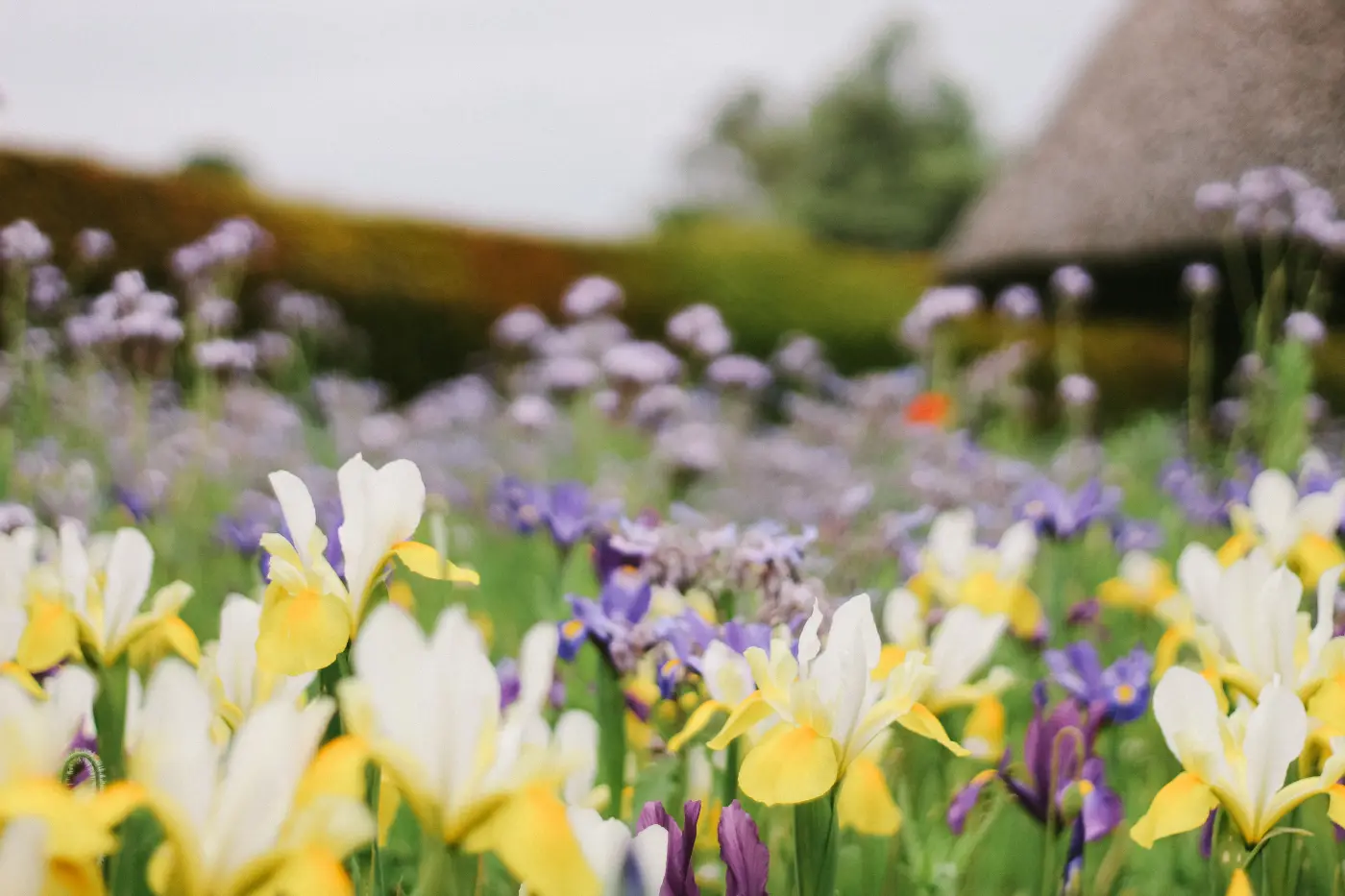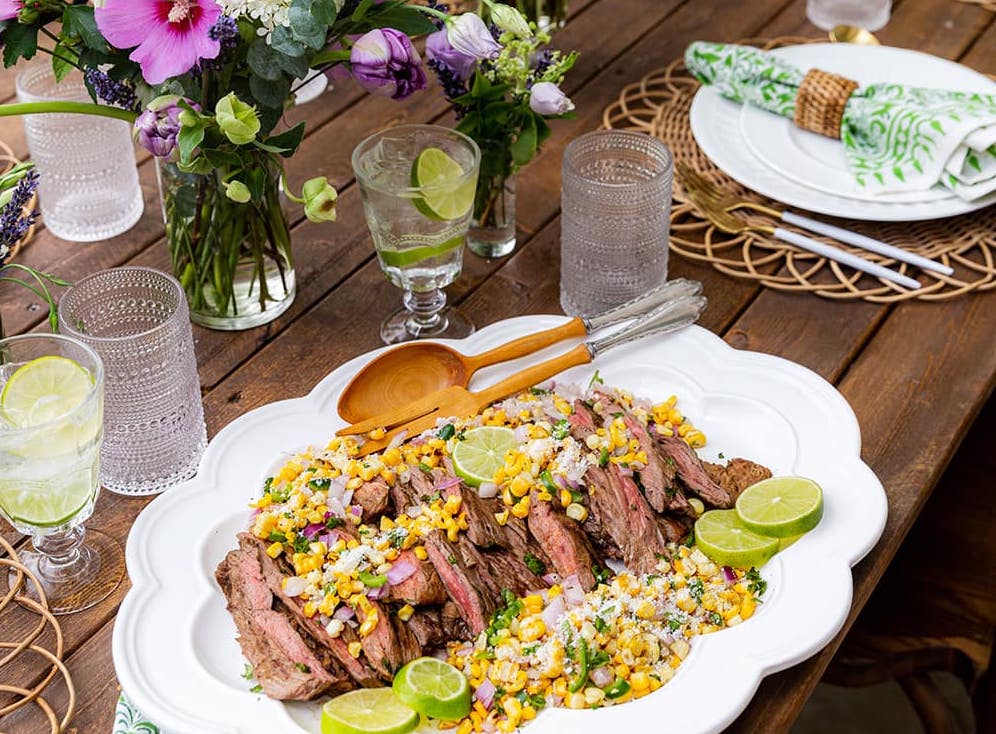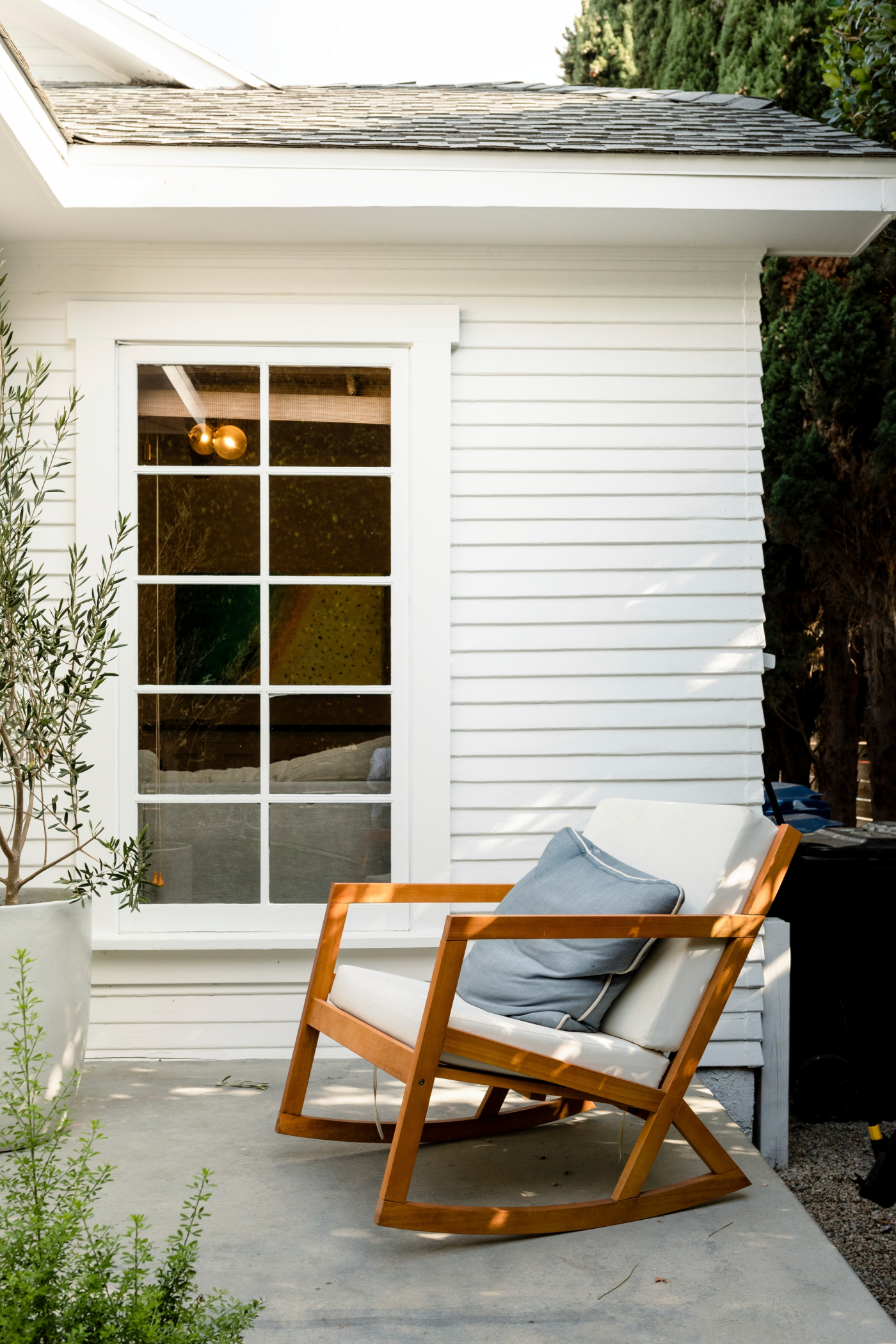Even though pumpkins and cornstalks are in season now, everyone who lives in the Mitten can relate to the longing for fresh flowers come April. Pulling on those gardening gloves for an afternoon this fall will guarantee a welcoming sight of beautiful blooms this spring.
Fall-planted bulbs, such as tulips, daffodils, crocus, hyacinths, scilla, and snowdrops, are loved by both beginner and master gardeners. The cooler weather allows spring blooming bulbs to “winter over” – an essential process that’s needed for bulbs to bloom when the snow thaws in the spring. Don’t know where to begin? Here are five tips to get that spring garden going now!
1. Find the Best Spot
Make sure that you choose the perfect spot. As a general rule of (green) thumb, your bulbs will need at least six hours of sunlight a day. For early bloomers, like daffodils, you can plant in a spot that gets sun before the trees grow leaves in the spring. Avoid areas that are prone to flooding (or puddling). Soggy soil or overwatering will cause them to rot.
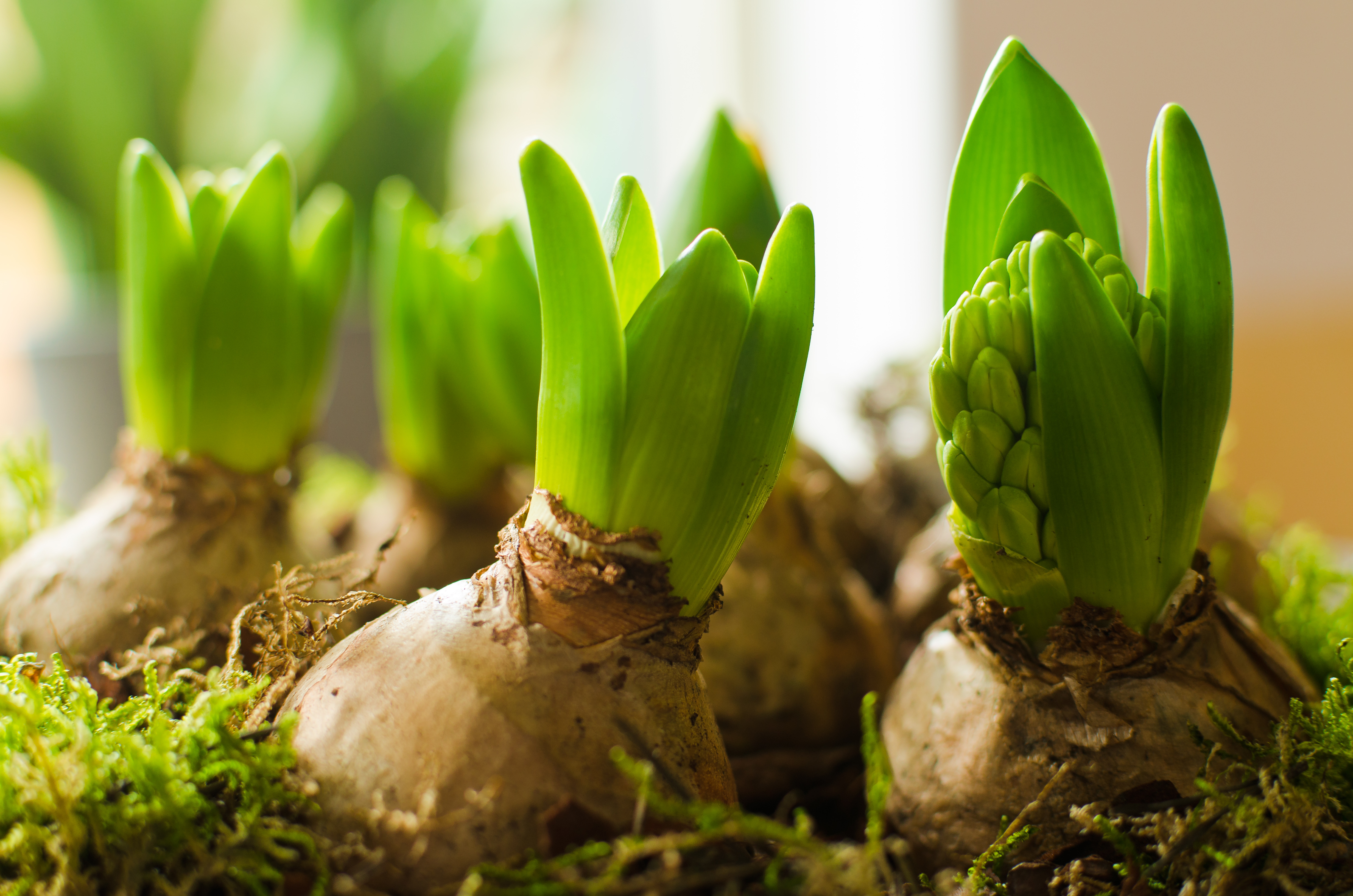
2. Prepare the Bed & Plant
For the best growth, make sure that you prepare a bed ahead of planting. This means that you’ll need to remove weeds and loosen the soil. Bulbs like soil that is rich with organic matter, so your garden beds are the perfect place for fall leaf piles and pumpkin carving leftovers! When you are ready to plant, plant a bulb three times as deep as the bulb is tall, making sure the pointy part is facing upwards towards the surface.
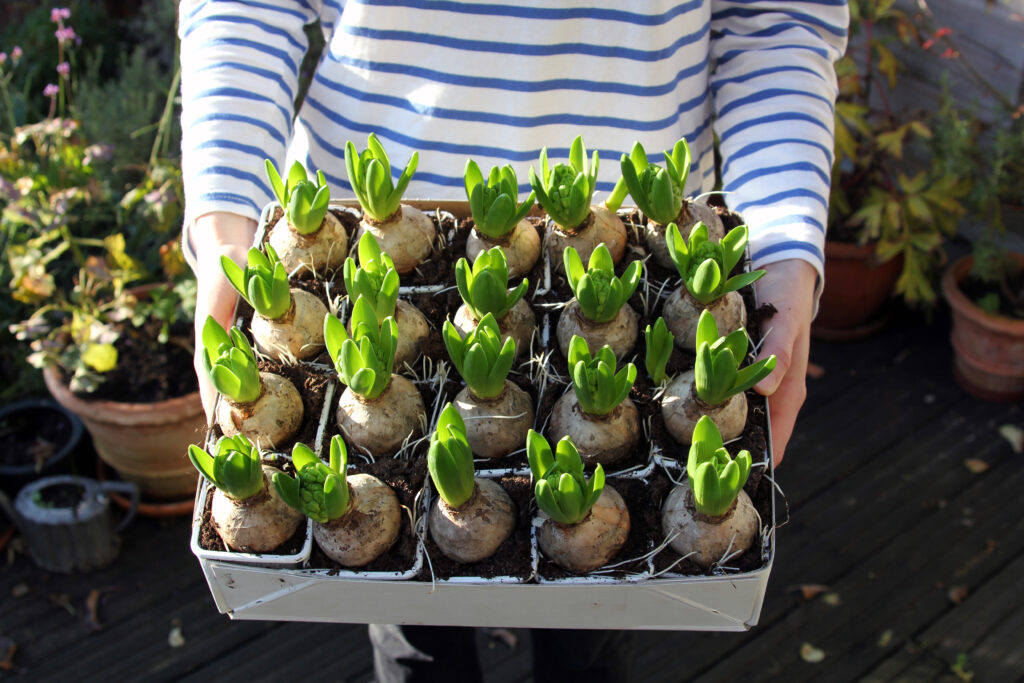
3. Right Plant, Right Time
This is a tough one. Many stores are selling their fall bulbs in July or August, because they want gardening supplies out of the way in time to set up holiday displays. This means that you’ll either need to store your bulbs carefully for a month or three, or you’ll need to order online so that you have fresh, healthy bulbs.
If you are stuck buying your bulbs early, then make sure they are firm and plump, with no mold or rot. Leave them in the bag that you purchased them in, and then place that bag in a paper lunch bag so that you can store the bulbs in the fridge without making a mess.
Pro Tip: While it might be nice to pair your bulbs with your freshly-picked apples from the orchard this fall, think again. Be careful not to store bulbs near fruit, especially apples, because all ripening fruit gives off ethylene gas, which can damage or kill the flower inside the bulb.
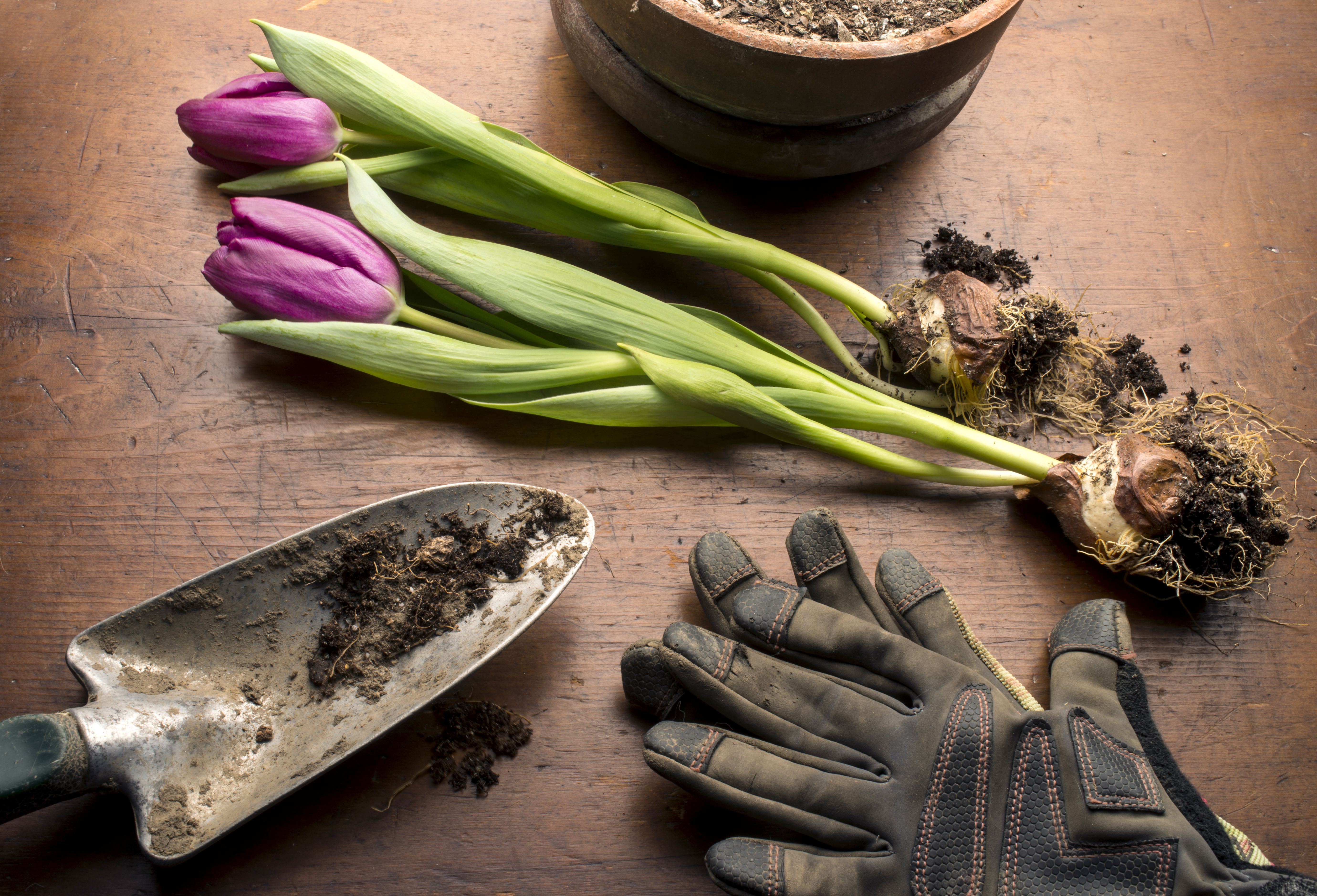
4. Bulbs Are Like Bears?
Like bears, your bulbs love to hibernate, too. In general, try to plant when nightly temperatures are around 40 or 50 degrees, or about six weeks before you expect the ground to freeze. October is the ideal time to plant overwintering bulbs in Michigan because soils remain warm while air temperatures cool down. These conditions help bulbs establish early roots without top growth, which is an important first step in preparing them for their next life stage.
5. Wait for Spring to Fertilize
Once you have the bulbs in the ground, they’ll stay dormant for the remainder of the fall and winter, so you won’t need to bother with fertilizing. Wait until you start to see the first shoots of spring, because that is an indicator that the roots are growing and ready for nutrients. You’ll also want to make sure that you don’t fertilize after the bulbs start to flower because this will inhibit bulb growth.
That’s it! By trying the tips above, your garden will be the best on the block once the weather warms up again. The next step? Show off your garden with a backyard party! Host the best spring fling next year with our party tips, which you can find here. Good luck and happy planting!

